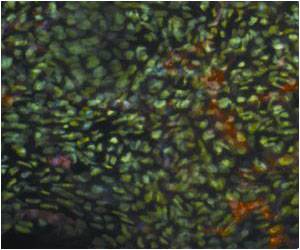The difficulty in replicating and directly comparing and confirming the scientific results reported by researchers is slowing the translation of important new findings to patient care.

In the article, "Minimum Information about a Spinal Cord Injury Experiment: A Proposed Reporting Standard for Spinal Cord Injury Experiments" Vance P. Lemmon and a team of coauthors from University of Miami School of Medicine (Florida), University of California San Francisco, The Ohio State University (Columbus), Indiana University (Indianapolis), University of Kentucky (Lexington), and Niigata University (Japan), representing the MIASCI Consortium, describe how the adoption of uniform reporting standards and the use of common data elements can improve transparency in scientific reporting and facilitate the development of databases of experimental information—"computer-readable knowledge repositories."
"This manuscript from many of the leading researchers in the field of spinal cord research should provide uniform databases for researchers to review new findings in this rapidly growing field and promote the successful translation of treatments to the clinic," says W. Dalton Dietrich, PhD, Deputy Editor of Journal of Neurotrauma and Kinetic Concepts Distinguished Chair in Neurosurgery, Professor of Neurological Surgery, Neurology and Cell Biology, University of Miami Leonard M. Miller School of Medicine.
Source-Eurekalert















